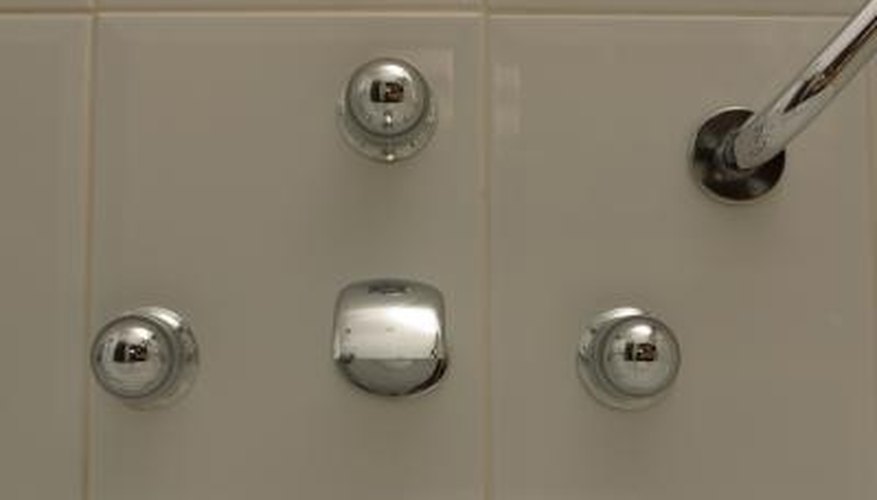A number of pests and problems can originate in your shower. Showers are warm and damp, which creates the perfect breeding ground for mould and drain flies. Drain flies will lay their eggs inside the drain or on your shower floor. When these eggs hatch, the larvae look like tiny black worms. Mould can also grow anywhere where there is water and enough dust, dirt or soap scum for it to eat.
Black worms
Drain fly larvae are black and may resemble very small worms. They can come out of your drain or live on your shower surface. The drain fly likes moist conditions and lives in standing water. This makes the standing water in your U-trap piping a common place for drain flies.
- Drain fly larvae are black and may resemble very small worms.
- The drain fly likes moist conditions and lives in standing water.
Mould
Mould is a plant fungus that decays organic matter. It will settle in areas with excess water, such as your laundry room, bathroom or shower. When this happens, the microscopic mould spores will begin to reproduce to form visible mould growth. Once they do, they send out spores to start new colonies. This is why you often see several circles of mould in an area on your shower curtain or tile.
- Mould is a plant fungus that decays organic matter.
- This is why you often see several circles of mould in an area on your shower curtain or tile.
Prevent drain flies and mould
Prevent drain flies and mould in your bathroom by solving the moisture issue in your home. Prevent flies by keeping your drains unclogged so that the drains can flush with water freely. Clean out your pipes with a drain cleaner every few months to ensure that any small larvae are killed before they can hatch and infest your home. Install a dehumidifier to remove excess moisture from the air to prevent mould.
- Prevent drain flies and mould in your bathroom by solving the moisture issue in your home.
- Clean out your pipes with a drain cleaner every few months to ensure that any small larvae are killed before they can hatch and infest your home.
Cleaning mould
Clean mould residue up with a bleach-based mould cleaner. You can make your own by mixing one part bleach to 10 parts water. Apply the solution to the mould and let it sit for 10 minutes before scrubbing it up with a scrubbing brush. Be careful not to scratch the shower surface by using a stiff-bristled brush. Rinse the area to remove the bleach residue. Bleach is safe for ceramic tile, porcelain or fibreglass showers, but you should be careful when using it on a stone shower as it may cause discolouration.
- Clean mould residue up with a bleach-based mould cleaner.
- Apply the solution to the mould and let it sit for 10 minutes before scrubbing it up with a scrubbing brush.
